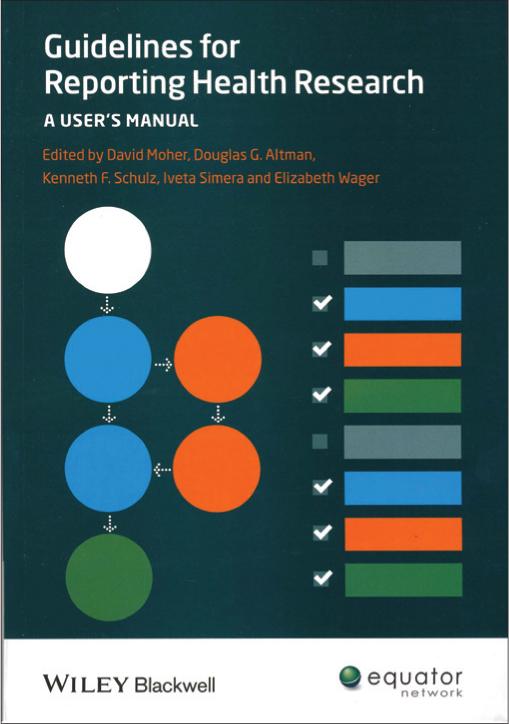Guidelines for Reporting Health Research: A User's Manual

Completing a trilogy of research-themed reviews, this month provides a logical conclusion to the series. Unlike previous reviews, this is not concerned with conducting research, but rather the reporting of it. Another point of distinction is that the editors are not focused on how research may be incorporated into clinical guidelines, more the practice of how the research is reported in the first instance.
A historical perspective is provided, which details the evolution of robust and transparent reporting guidelines, as well as a reference to some of the less-favourable reporting practices. Central to that is the editorial and peer-review process, which inevitably accompanies any publication of research. Having been involved in both of those aspects of publishing, I took particular note.
A veritable wealth of reporting guidelines are presented and discussed by the contributors, covering a broad range of research designs. What I found quite telling is the level of detail and scrutiny involved in each of the ‘check lists’ and the extent to which each reporting guideline is tailored to a specific type of research. A timely word also on the contributors. The editors have excelled in pulling together a multi-national group of authors, across an equally diverse range of medical disciplines, whose expertise is brought to bear in well-written and informed individual chapters.
This text, however, amounts to far more than a simple list of guidelines. Additional information is offered on how to develop a reporting guideline and more importantly, use one to produce quality health research, as well as clarifying any ambiguities between a guideline for reporting a piece of research as opposed to designing one.
The primacy now placed on evidence-based practice necessitates the inclusion of robust clinical evidence across all fields of medicine, not simply that concerned with paramedic practice. What this book offers is an insight into how that evidence should be presented and what can be construed as best practice for detailing the research which produced the evidence in question. An invaluable read.

